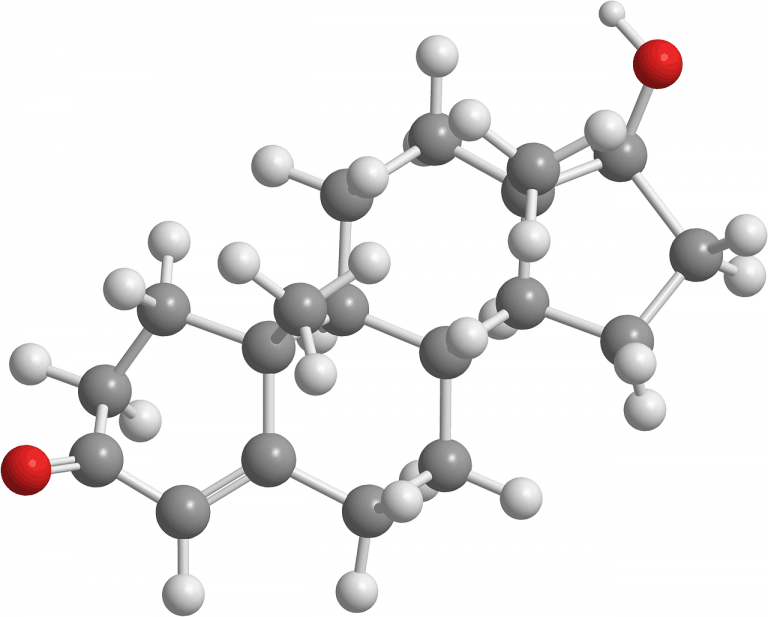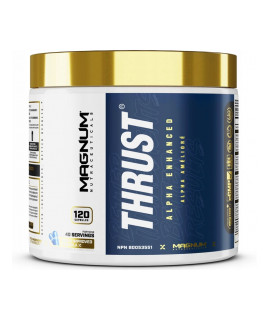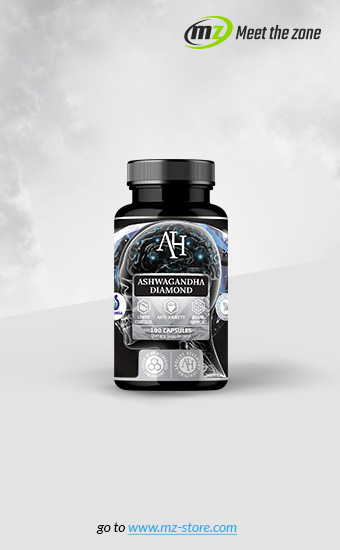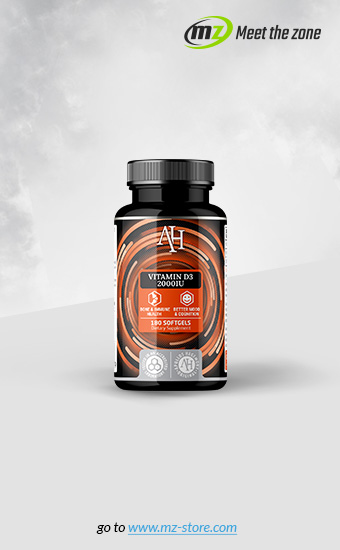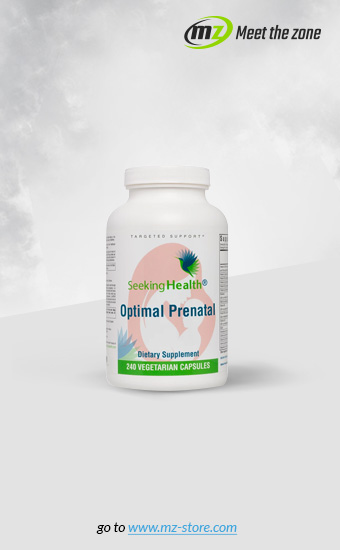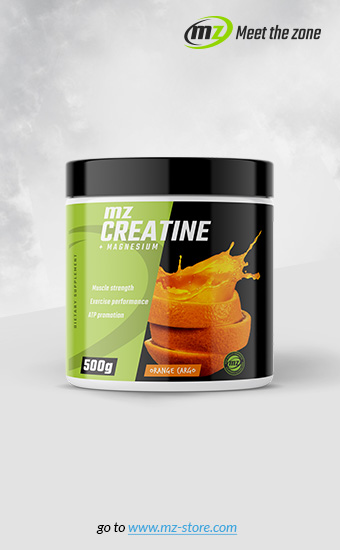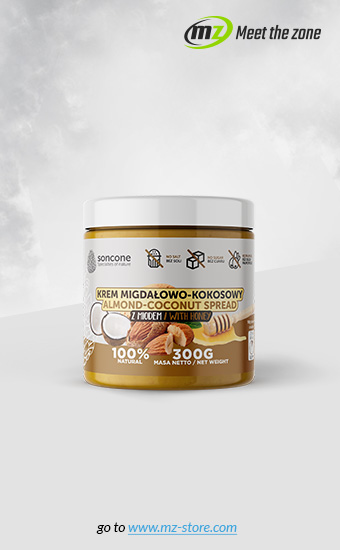An increasing number of benefits are attributed to diindolomethane (DIM), an indole-3-carbinol pickling product. The advantages of DIM are examined in terms of its role in the prevention of cancer (including breast, uterus and colon). It was also tested for the prevention of benign prostatic hypertrophy and the treatment of PMS symptoms. [1]
Diindolomethane is a dimeric product naturally produced during the digestion of indole-3-carbinol (I3C), a compound contained in cruciferous vegetables such as broccoli, kale and Brussels sprouts. I3C has been assessed by the National Institute of Health as a means of preventing cancer. This institute now sponsors research into the use of I3C in the prevention of breast cancer and other health benefits. [2] Studies on I3C have caused significant interest in the potential benefits of diindolomethane supplementation. However, more research is needed to determine the (especially long-lasting) effect of DIM on our body.
Effect of diindolomethane on oestrogen level
A quick look at DIM user reviews shows that this supplement is often used in conditions associated with increased levels of oestrogen. Many DIM supplements are advertised as products that help restore healthy oestrogen levels. It’s also said that diindolate causes a better metabolism of oestrogens, which can improve weight loss and hormonal balance, as well as have anticancer properties. DIM also brings benefits to men's health and keeps levels of testosterone in the norm.
The effect of DIM on oestrogens
It has been proven that diindolomethane improves the balance between "good" forms of oestrogen and "bad" forms. This helps prevent elevated levels of this hormone, which can lead to many complications associated with the predominance of oestrogen.
Oestrogen is the main female sex hormone and is responsible for the development of the function of both the female reproductive system as well as secondary sexual characteristics.
Although the term "oestrogen" is usually used in such a way that it suggests referring to one particular hormone, the term in fact captures many naturally produced hormones and other compounds that mimic the oestrogen structure.
Different forms of oestrogen
The three most common forms of oestrogen in the female body are oestrone, estradiol and estriol. The concentrations of these three oestrogens vary according to age: before menopause, the majority of oestrogen is produced in the ovaries, in 80% it’s estradiol and only 10% are estriol and oestrone.
After menopause, the most abundant oestrogen produced is oestrone and is usually produced by the fat cells of the body. Oestrogen metabolism is essential to prevent excess oestrogen in the body. Without adequate metabolism, the level of oestrogen in the blood can be significantly increased, because the hormone will not be adequately metabolized (decomposed) and secreted. Oestrogen is metabolized in the liver and this process produces four major metabolites: 2-hydroxyestrone, 2-hydroxyestradiol, 4-hydroxyestron and 16a-hydroxyestron.
The last two metabolites - 4-hydroxy-estrone and 16-hydroxy-estrone - are considered "bad" oestrogens that can play a role in the development of hormone-dependent cancers. For example, women with breast cancer usually have elevated levels of 16α-hydroxyestrone. The other two oestrogens - 2-hydroxyestrone, 2-hydroxyestradiol - are considered to be "good" oestrogens that show protective action in the body.
It has been proven that diindolomethane improves the state of elevated levels of oestrogen and aligns the ratio of "good" and "bad" forms of this hormone. This can have many health benefits for both women and men.
The use of DIM for lowering oestrogen levels
Elevated levels of oestrogen in women can cause mood swings, hair loss, bloating, breast tenderness, fatigue and many other symptoms. Many changes in lifestyle can support the metabolism and secretion of oestrogen, and these are:
- A diet rich in fiber;
- Regular physical activity;
- Falling asleep;
- Weight loss. [3]
Taking supplements with diindolomethane can help align elevated levels of this hormone. DIM is used to lower oestrogen levels and supports the production of protective or "good" oestrogens.
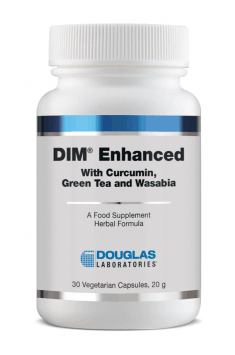
For example, it was noted that DIM supplementation promotes 2-hydroxylase, an enzyme that helps produce more 2-hydroxyestron and 2-hydroxyestradiol. It was also observed that it additionally reduces the production of 16α-hydroxyestron. Evaluating DIM supplement users indicates that they are satisfied with its effects on symptoms of elevated oestrogen levels and oestrogen dominance. Many of them report weight loss, more cleansed skin and mood stability caused by DIM supplementation. It should be noted that most of the studies related to the effect of DIM on oestrogen metabolism were performed on animals. Therefore, more research is needed to accurately determine the long-term effects of using DIM.
Benefits for men
The advantages of diindolomethane also concern the prevention of the conversion of testosterone to oestrogen in men. This compound acts as an aromatase inhibitor. Aromatase is an enzyme that converts testosterone to oestrogen. Although men need oestrogen for many important functions in the body, high levels of this hormone can cause weight gain in men, a reduced sex drive and can lead to gynecomastia - the development of breast tissue in men. Many men and bodybuilders who take supplements that increase testosterone levels also take DIM to stop converting this extra testosterone into oestrogen and prevent potential side effects.
Diindolometan for cancer
As one of the major metabolites of I3C, DIM has received a lot of attention from researchers due to its anticancer potential.
Researchers at the Memorial Sloan Kettering Cancer Center noted that DIM exhibits anti-cancer properties in laboratory experiments, and human trials do not exist. More research is needed before the impact of DIM on cancer prevention in humans is fully understood. [4]
Side effects of diindolomethane
The lack of human studies means that long-term effects of diindolomethane remain unknown. However, during clinical trials, it was shown that DIM was well tolerated at a dose of 2mg / kg / day over a 12-week study. [5] Natural Medicines Comprehensive Database assesses DIM as "presumably safe" during oral supplementation in doses equal to those in food (2 - 24 mg). However, for most DIM supplements, the recommended dose is about 200 mg per day. Natural Medicines assesses short-term use of DIM as "possibly safe" for up to 12 weeks. However, it’s also noted that DIM can be "potentially dangerous" when taken in high doses.
Diindolomethane can interact with many prescription and non-prescription drugs, especially those that affect oestrogen levels.
The extent to which DIM affects oestrogen in the human body is still under investigation. People with hormone-dependent cancer or another hormone-related condition should not use DIM without consulting a doctor. Do not take DIM if you are pregnant, you are trying for a child or are breastfeeding. In addition, DIM should not be combined with contraception. Talk to your doctor before starting supplementation to assess whether it’s safe for you and learn more about the benefits of diindolomethane and side effects.
